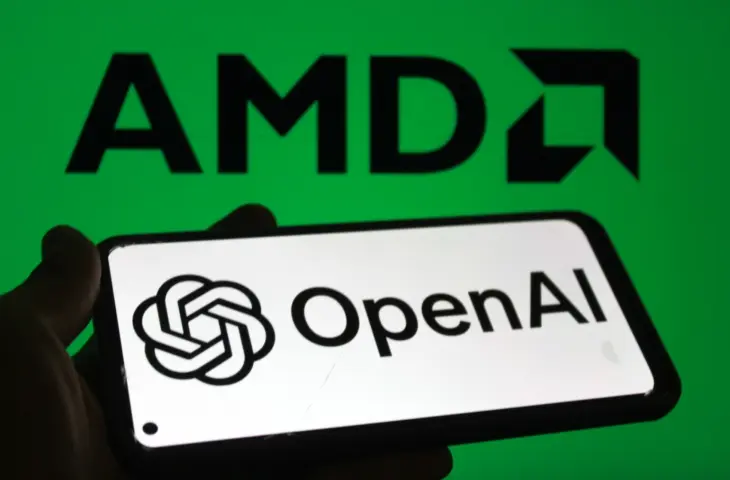AMD and OpenAI have entered into a multi-year agreement for the supply of 6 gigawatts of AMD Instinct GPUs, with the initial deployment starting in the second half of 2026.
OpenAI is investing more than ten billion dollars in AMD through a new partnership. As part of this, OpenAI not only plans to purchase six gigawatts of GPU capacity but also receives the option to buy 160 million AMD shares, equivalent to approximately ten percent of the company. The extent to which this option will be exercised depends on the progress of the partnership.
Multiple Generations
OpenAI plans to acquire the six gigawatts of AMD Instinct GPUs over multiple years and generations. The first phase of the collaboration begins in the second half of 2026, with the deployment of an initial gigawatt cluster of AMD Instinct MI450 GPUs. The MI450 is the planned successor to the MI355X.
Under the agreement, OpenAI will use AMD’s accelerators for large-scale AI implementations. The collaboration aims to expand computing power for AI development at scale. The partnership builds upon a previous collaboration between the two companies, including work with the MI300X and MI350X series.
Role of Nvidia
The AMD Instinct accelerators compete with Nvidia’s Hopper H100 and Blackwell B100 and B200 GPUs. OpenAI will use the AMD Instinct GPUs to train and fine-tune new models.
OpenAI is reducing its dependency on Nvidia by also investing heavily in AMD. AMD, in turn, sees a new and important player investing in its own line of accelerators. Both companies will share technical knowledge to optimize their product development.
This is significant, as Nvidia has managed to establish a CUDA-based software system through its hardware dominance. This ubiquity of Nvidia compels developers to consistently choose Nvidia. While AMD performs well at the ultimate high end of the spectrum and is present in many supercomputers, mainstream developers continue to prefer Nvidia as the standard. AMD’s
